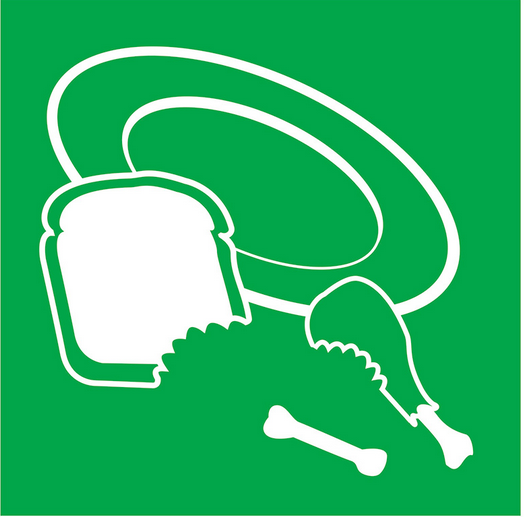This paper summarizes food-waste prevention interventions at the consumption/consumer stage with a rapid review literature from 2006-2017.
We identify 17 applied interventions that claim to have achieved food waste reductions. Of these, 13 quantified food waste reductions. Interventions that changed the size or type of plates were shown to be effective (up to 57% food waste reduction) in hospitality environments. Changing nutritional guidelines in schools were reported to reduce vegetable waste by up to 28%, indicating that healthy diets can be part of food waste reduction strategies. Information campaigns were also shown to be effective with up to 28% food waste reduction in a small sample size intervention.
Cooking classes, fridge cameras, food sharing apps, advertising, and information sharing were all reported as being effective but with little or no robust evidence provided. This is worrying as all these methods are now being proposed as approaches to reduce food waste and, except for a few studies, there is no reproducible quantified evidence to assure credibility or success. To strengthen current results, a greater number of longitudinal and larger sample size intervention studies are required. To inform future intervention studies, this paper proposes a standardized guideline, which consists of: (1) intervention design; (2) monitoring and measurement; (3) moderation and mediation; (4) reporting; (5) systemic effects.
Given the importance of food-waste reduction, the findings of this review highlight a significant evidence gap, meaning that it is difficult to make evidence-based decisions to prevent or reduce consumption-stage food waste in a cost-effective manner.


